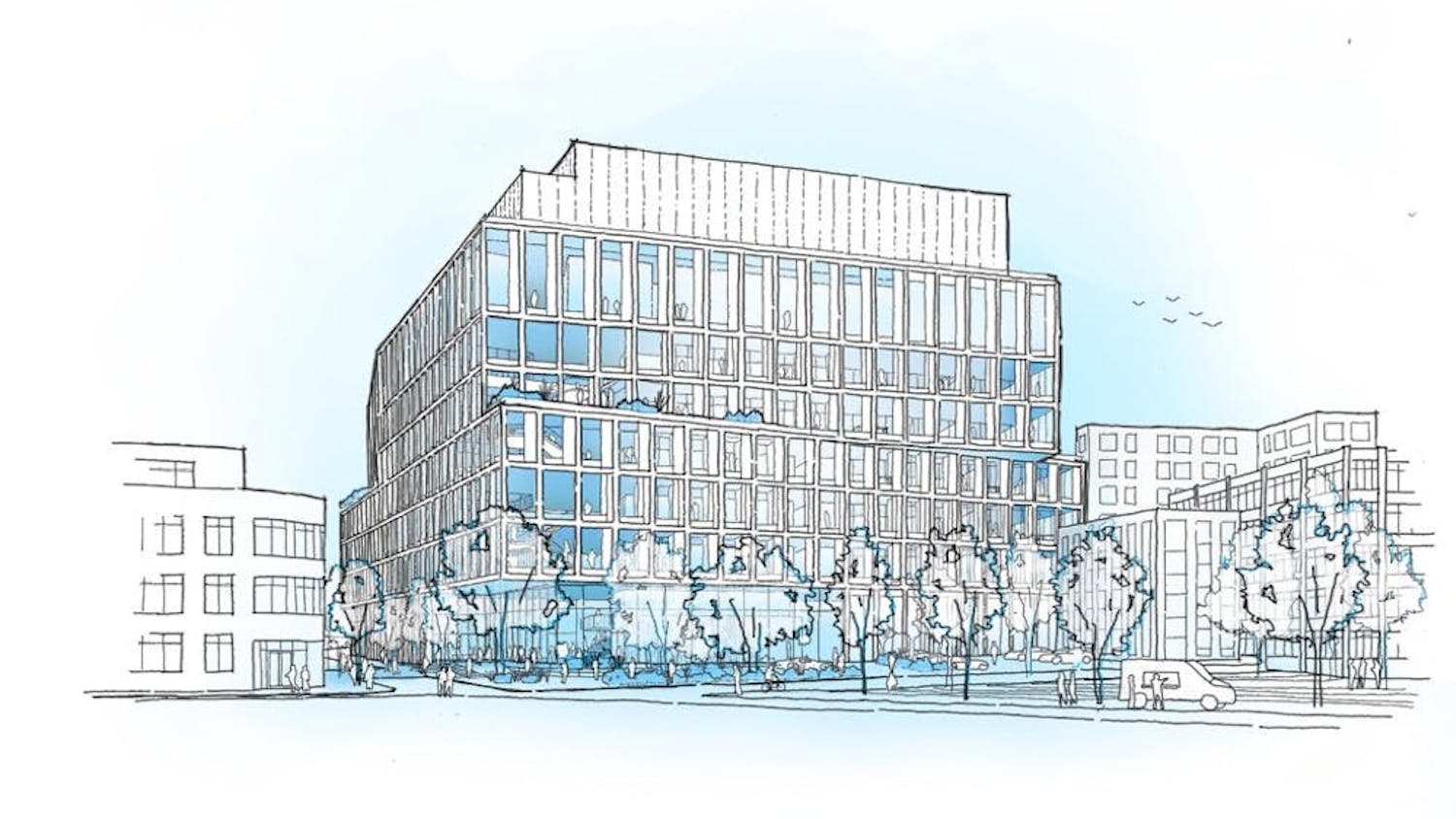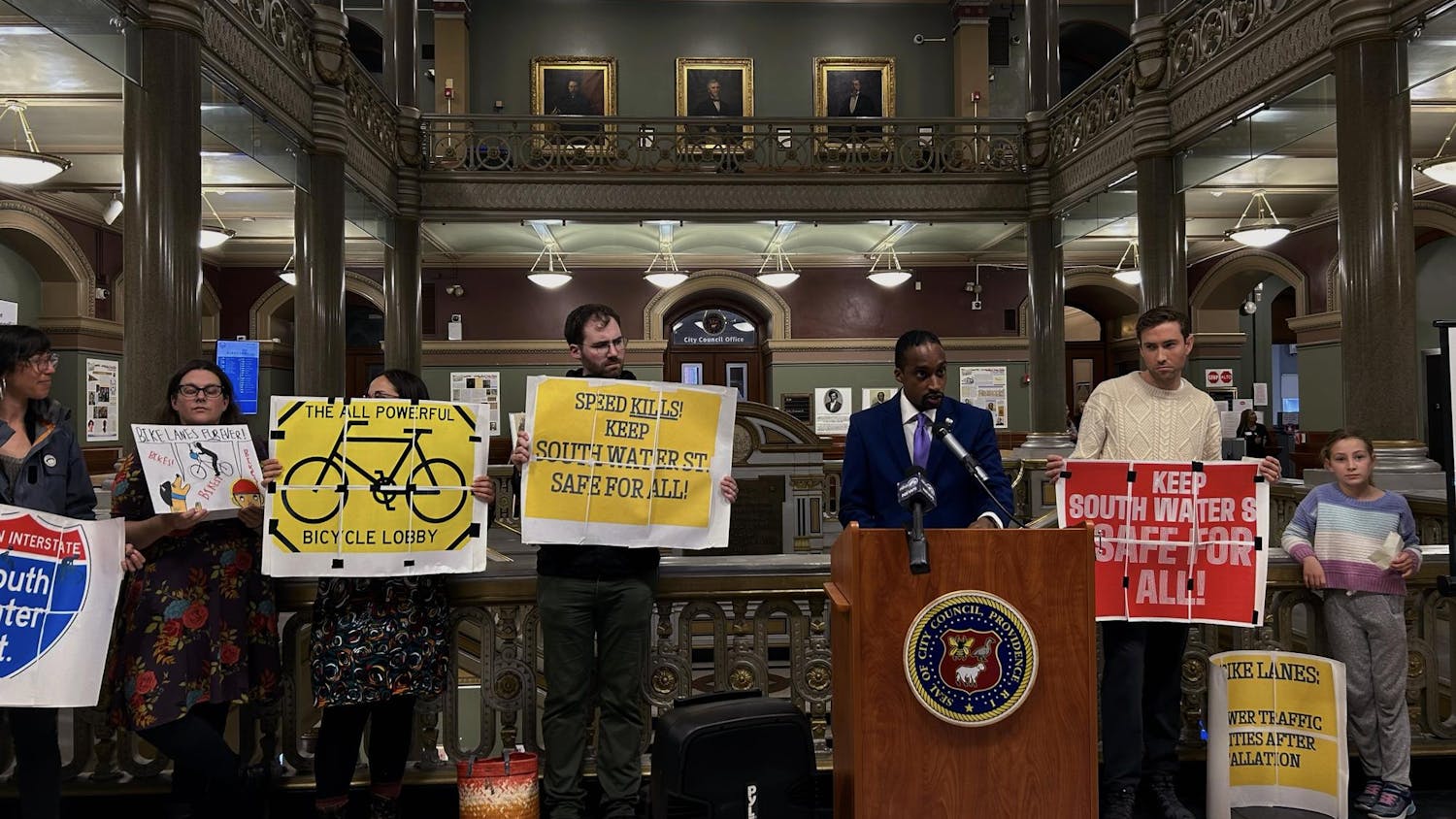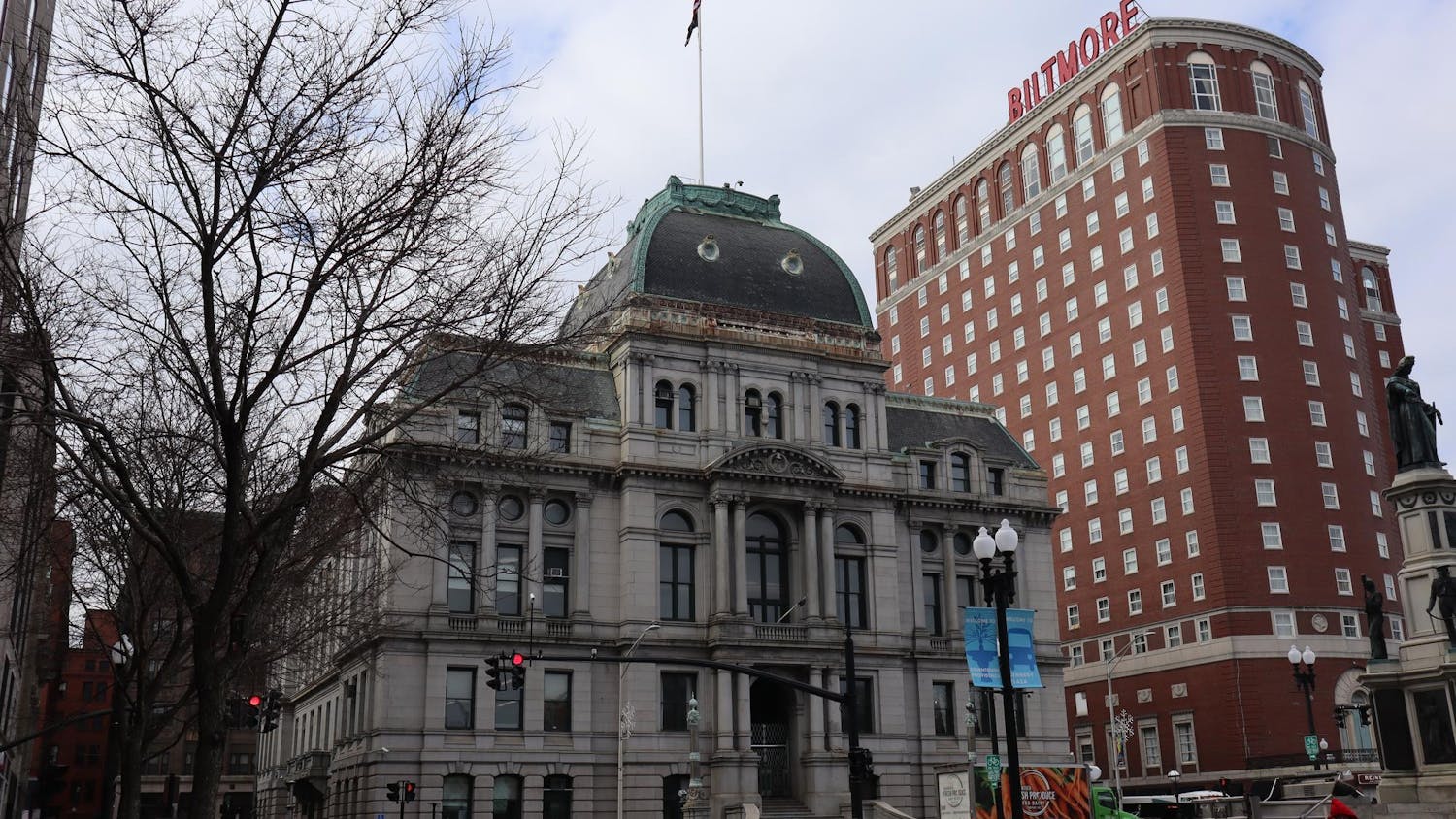The Episcopal Diocese of Rhode Island recently approved a plan to open the nation’s first museum devoted to examining the Episcopal Church’s historical role in slavery in northern states, including Rhode Island. The new museum would be built inside a renovated Cathedral of St. John, located on North Main Street. The cathedral’s services were suspended in 2012 due to the high maintenance costs of the historic building, said Ben Sibielski, director of communications for the Episcopal Diocese of Rhode Island.
Organizers expect fundraising and planning for the slavery museum to take two years and said it is too early to determine the timeline for construction.
After the cathedral’s services were suspended, people asked Bishop Nicholas Knisely to determine what to do with the building. Knisely “called for a task force to consider the matter and to create a process for the diocese as whole to discern a way forward,” according to an informational document provided by Sibielski.
Knisely “wanted to make sure whatever happened came organically out of the voices of the people of Rhode Island,” Sibielski said.
Clergy and former members of the cathedral’s congregation decided after a period of discussion that the space would be used as a national center for reconciliation, Sibielski said.
The new museum would explore “how the church has supported the institution of slavery and also how it helped abolish it,” according to a press release by the Episcopal Diocese of Rhode Island.
“We aren’t so comfortable looking at how we supported slavery … but we have to tell the truth about both sides,” said Linda Grenz, canon to the ordinary of the Diocese of Rhode Island. She said she hopes the museum will be a center for reconciliation that is part of a larger plan to bring people together in dialogue about issues of race and community.
Other parts of the initiative will include starting conversations and programs that will help “to bridge the divide between races,” she added.
The diocese plans to fund the project through grants and fundraising efforts that engage the larger community, Sibielski said.
The building will be refurbished during its transformation into the museum, Sibielski said. “The outside will probably get the most mirrored look of how it is today.”
Organizers chose the location because “it’s in the heart of downtown Providence,” Grenz said. The museum’s proximity to Brown and the Rhode Island School of Design would be important for its role as a community center, she said. The cathedral’s location is also close to where the actual slave trade in Providence happened in past centuries, she added.
“It’s more than just a museum,” Grenz said, adding that the space will also serve as a performance center for theater, dance, poetry, lectures and other events. Brown students will hopefully be involved in such performances, she added.
Anthony Bogues, professor of Africana studies and director of the Center for the Study of Slavery and Justice, said he enthusiastically supports the diocese’s plan. He said he hopes to have discussions with students as the plans for the museum progress, adding that he believes that students will be involved in shaping the museum.
ADVERTISEMENT




